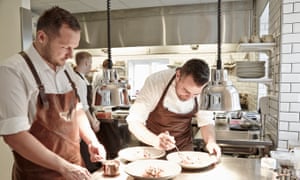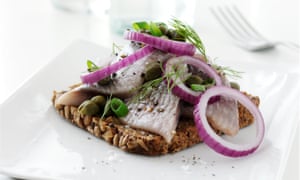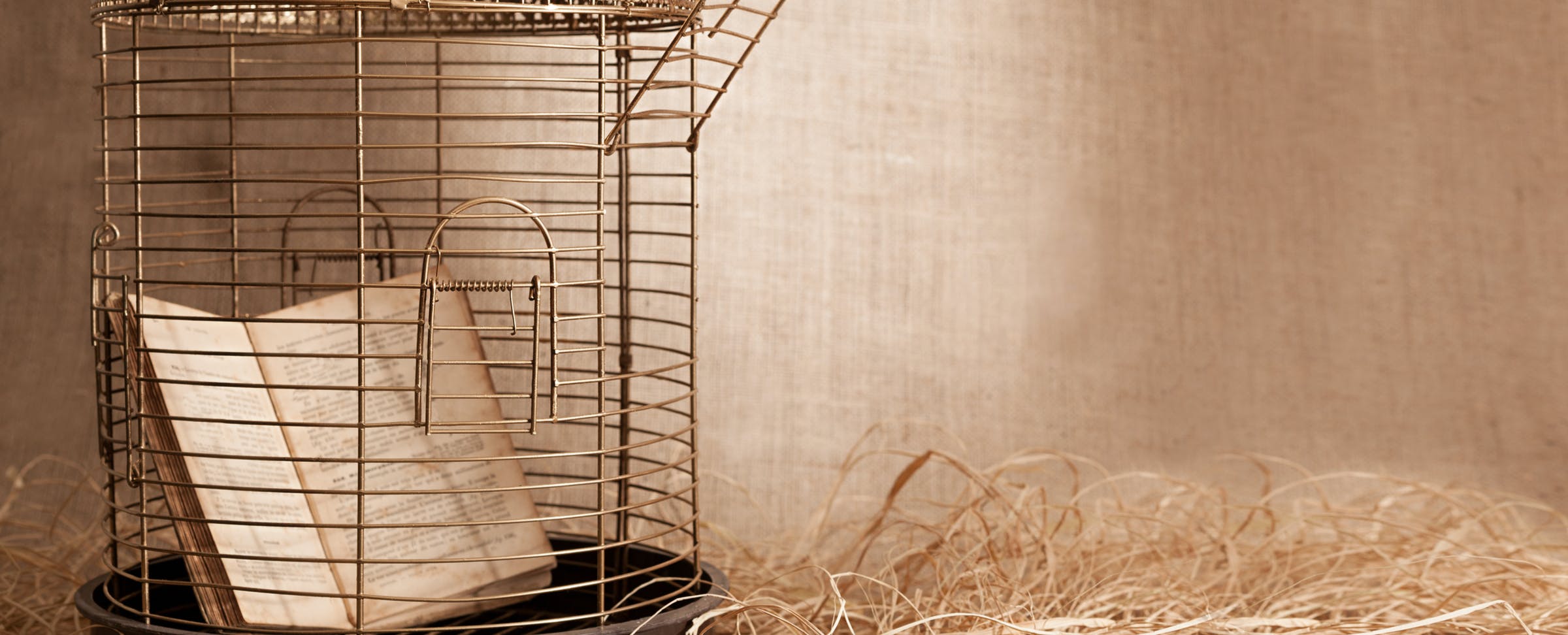Denmark’s second city will officially step out of Copenhagen’s shadow to become joint European capital of culture next year. But the student city already has a world-class food, arts and nightlife scene

Icould be a better person. A better partner, a better son. I could be nicer to cats and small children. But probably only if I moved to Aarhus. The citizens of Denmark’s second city respect each other – grannies hold shop doors open for gangs of teenagers; cyclists indicate with hand signals – but not the same gestures you see on London’s streets.
They also seem happy in their skins – which is pretty good going because they’ve lived in the shadow of Copenhagen, three hours’ drive south-east, for so long that you wouldn’t blame them for being a bit chippy.
Not a bit of it. “We know that we’re a smaller city, but we like that,” said Jacob, an app developer I met in a cafe on my first day in town. “We like that you can get across town on foot or your bike. And people are friendlier here – they look you in the eye.”
And now Aarhus’s time has come. It will be joint European Capital of Culture in 2017 (along with Paphos, in Cyprus), and the docks are already being transformed by new cultural venues such as Dokk1 and the dramatic Iceberg housing development. Plus, the city is getting a reputation as the new kid on the Scandi gastronomic scene. Last year, three restaurants, Frederikshøj, Substans andGastromé, won the city’s first Michelin stars (awarded again this year) – only one star each, so they are not yet in Noma territory, but they are part of an exuberant food scene to suit all pockets.

Gastromé, like the other two restaurants, is fanatical about local, seasonal produce and claims to bring the countryside to the city. Hence animal hides draped over the chairs and a first dish served on a bed of log, dried leaves and moss. Its “Full Throttle” menu (798DKK/£85) took me on a seven-course race through land and sea, from scallops with ginger, coconut and Jerusalem artichoke to lobster consommé and salsify with trout roe and ox with yellow beetroot – and more moss.
It was good, but I preferred a new restaurant, Domestic, which is hotly tipped for a star. Its passionate young team refuses to use anything from outside Jutland, so olive oil, for example, is replaced by herb oil.
My budget was all but blown after two nights, but the city’s huge student population means there is plenty of affordable food and great nightlife. Indeed, Michelin-starred Frederikshøj has a café, F-Høj, serving delicious smørrebrød, the classic Danish open sandwich, for 65DKK. Students fill up on hot dogs after a boozy session but even these are getting a gastro makeover. The crowd at Ris Ras Filliongongong, an exceptionally cosy bar in the city’s lively Latin Quarter, befriended me then sent me off to Haute Friture for a dog that was worth all of its 45DKK (£4.75).

Even the culture comes with a side order of food. Over a light elevenses of pig snacks in the recently revamped restaurant of the ARoS art museum, its director, Erlend Høyersten, told me about his expansion plans. “We need more space to become a better museum,” he said. “We aim to be in the top 20 in the world within a few years.”
I wasn’t about to argue with a gigantic Norwegian bloke with big hair and skull rings on his fingers who seemed to be channelling a Viking look. Anyway, he’s on the right path: this year’s programme includes a Grayson Perry show from June until September. The museum’s contribution to Aarhus 2017 will be The Garden, a 4km art trail running from its own exhibition spaces, including Your Rainbow Panorama, an iconic circular rooftop walkway through the city and to the beach.
Moesgaard Museum is in an amazing new building which bursts out of a hill, its sides concrete, its roof grass. The design gives a clue to what visitors find here – thousands of Bronze, Iron and Viking Age artefacts pulled from Jutland’s peat bogs. The star exhibit is Grauballe Man, from the 3rd century BC, whose body has been wonderfully preserved, including a gruesome slash to his throat and a shock of unnervingly red hair.

The grass roof will be the stage in Aarhus 2017 for Red Serpent, a rip-roaring tale of a Viking hero, playing to an audience of up to 100,000 over the summer.
On my last day I walked to the trendy neighbourhood of Frederiksbjerg for a beer at the new outpost of Copenhagen micro-brewery Mikkeller, then a meal atNordisk Spisehus, which puts its own spin on dishes from famous restaurants from around the world (with their permission) and uses local ingredients.
I had a flash of inspiration for a new Aarhus restaurant. “We could call it The End of the World,” I told a chef I met later at Mikkeller. He laughed nervously as I suggested flying in food from as far away from Denmark as possible – rock lobster from New Zealand, guinea pig from the Andes. “There is a niche in the market,” he smiled, but he didn’t look convinced. Like I said – I’d be a nicer person if I spent more time in Aarhus.
Essentials
Ryanair flies from Stansted to Aarhus and also to nearby Billund. British Airwaysstarts flights to Billund from Heathrow in May. Accomodation was provided byVilla Provence with doubles from £135, and Scandic Aarhus City with doubles from £95. For more information, go to Visit Aarhus.


















